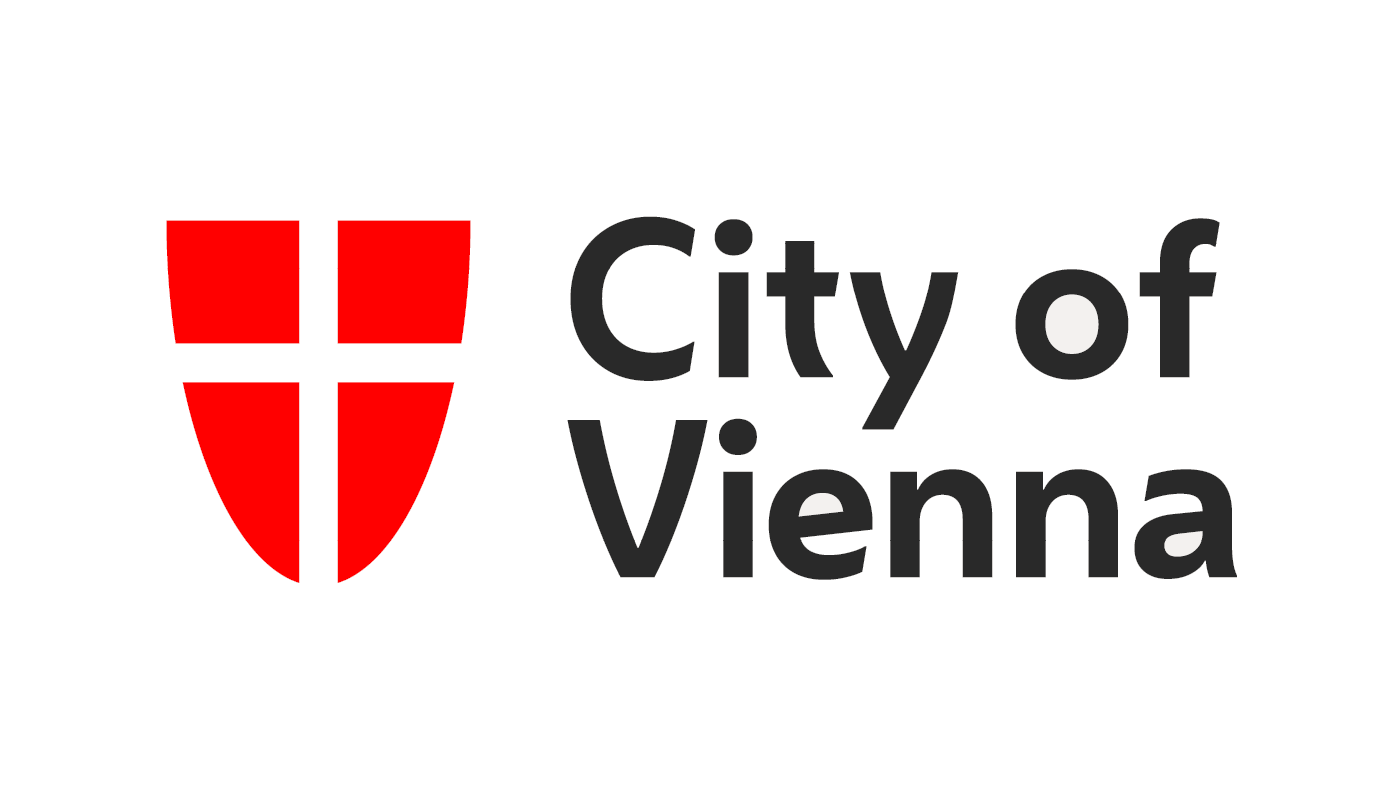Medical practice has long known two fundamental principles that are beneficence and non-maleficence. Gillon (2020) suggests to expand this set of guiding principles by adding justice and fairness. Puschel et al. (2017, p. 81) state: “A medical fairness approach based on equity recognizes the impact of social disparity in the health disease process and the advantage of including social vulnerability in the clinical care”.
Hülle et al. (2018) introduce and test the “Basic Social Justice Orientations Scale”, as a construct to measure distributive justice attitudes. The authors conceptualise eight survey items to capture the basic justice orientations equality, need, merit, and entitlement. Using German cross-sectional panel data they affirm the construct validity of their scale instrument. The four justice orientations are also compared along three dimensions of a justice ideology scale, which are egalitarianism, individualism, and asrciptivism.
Grayman and Godfrey (2013) study social justice attitudes and their demographic correlates with a nationwide US-sample. They use four social justice attitude concepts, which rely on survey items about the status-quo, the desired state and the procedures used to achieve such justice. Their item batteries are further split into an reality-based and an abstract category. The former measure government responsibility for individuals’ economic needs and perceptions of inequality of educational opportunity. The latter encompass support for racial equal opportunity and support for gender equal opportunity. The two scholars show that individual and contextual demographic characteristics correlate to social justice attitudes in some specific ways.
An Israeli study indicates that the effect of social attributes on attitudes towards the welfare state is partly mediated by justice principles and images of society that individuals hold, particularly when it comes to inequality reduction and earnings distribution (Lewin-Epstein et al. 2003). Towe et al. (2021) measure beliefs about drivers of health and well-being, and sense of community health, as well as health equity beliefs. They identify associations of socio-economic determinants of health, health stressors, and sense of community health with health outcomes and health equity views.

